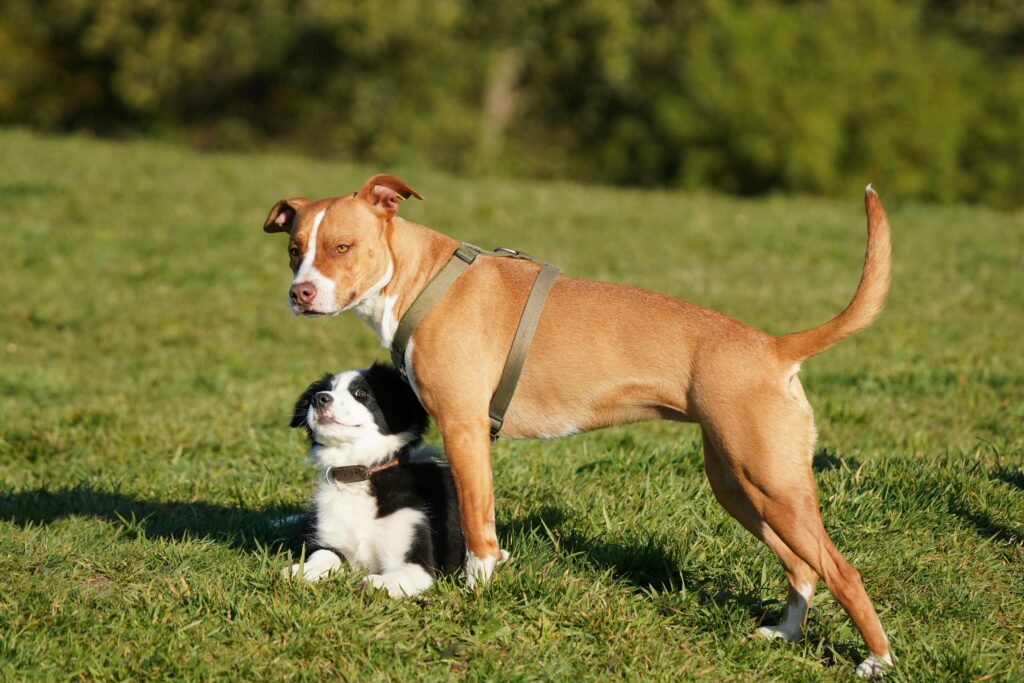Asexual reproduction involves an organism or animal producing offspring without needing fertilization from another organism or animal.
In this type of reproduction, offspring arise from a single parent and inherit the parent’s genetic makeup only.
Asexual reproduction does not require mating like in mammals and other terrestrial animals.
There are several known means of asexual reproduction we will discuss to know if animals, such as dogs, practice them to birth offspring. They are;
Fragmentation
This is when the parent body develops a new fragment, which can grow to form a new organism.
Some worms, sea stars, etc reproduce this way but not animals such as dogs
Budding
This is when the parent cells divide into two, forming a new cell called the daughter cell that eventually develops into a new organism by breaking off from the parent.
This reproduction method is common in single-celled organisms and animals such as Hydra, yeast, worms such as Taenia, etc.
Dogs cannot divide their bodies and so do not give birth asexually by budding
Binary Fission
This is arguably one of the easiest and fastest forms of reproduction in organisms and animals.
In this form of asexual reproduction, the parent organism divides into two new identical organisms.
The offspring produced are clones of the parent organism.
Examples of organisms that reproduce this way are amoeba, bacteria, etc. Dogs do not reproduce by binary fission.
Parthenogenesis
This is the development of a single embryo from an unfertilized egg. The offspring are usually females and rarely males.
This occurs in animals such as ants, bees, insects, fish, aphids, reptiles, etc.
In dogs, the eggs are fertilized from the male sperm before an embryo can be formed and so do not reproduce by parthenogenesis.
The other known types of asexual reproduction, such as spore formation, vegetative propagation, and apomixis, do not apply to animals but to plants only.
This is to say dogs do not reproduce asexually but by sexual means of reproduction.
Sexual Reproduction
Dogs just like mammals reproduce only by sexual means.
Sexual Production involves two dogs, a male and a female, coming together in a biological process to combine genetic materials to produce offspring in a process called mating.
In sexual reproduction, the male produces sperm to fertilize the female’s egg to produce a zygote by fertilization.
The zygote produced develops, into an embryo and eventually into an offspring that possesses its unique genetic materials from the combination of both parents.
This process, unlike asexual reproduction, is necessary for genetic diversity and ensuring the survival of the strongest of their specie.
Mating
This is when the male and the female dog come together for reproduction and pleasure.
Mating in dogs starts when the female dog is on her estrus cycle (heat).
During this heat period, she becomes more friendly and receptive to her male counterpart.
The male dog receives her friendly gestures by following the female, sniffing and licking urine, poop, and sexual organs.
After which, the male dog attempts to mount the female dog ( bitch ). The females may stand still, thereby signaling her readiness to mate with the male dog.
The male dog mounts the female, his penis becomes fully erect and is inserted deep inside the female vagina until ejaculation.
During ejaculation, the natural phenomenon is for the male dog’s penis to swell and become locked in the female vagina for a few minutes to half an hour.
But in some cases, in the absence of natural behavioral cues, the male and female are separated immediately after mating.
At What Age Can You Mate A Dog?

It is unethical to forcefully mate puppies and or young dogs. Puppies and young dogs should be allowed to reach a certain age before they should be considered for breeding.
Male dogs should be at least a year old and the female dog should be visibly on heat before mating.
When the female and male dogs are sexually mature, breeding will produce more healthy litres.
When Can A Female Dog Get Pregnant?

A female dog can only get pregnant when she’s on her heat period.
During this period, she releases eggs that are fertilized by the male’s sperm after mating.
In most dogs, their heat period is usually twice a year, enabling the breeder to have two litters.
Heat periods in dogs can be easily noticeable.
This enables dog owners and breeders to keep track of the heat cycle and easily and accurately predict the next cycle.
The heat period in female dogs usually lasts between 10 and 14 days.
On day one, there’s a swell in her genitals followed by a bloody discharge from her vagina.
This information enables dog owners and breeders to know what breed of dog to keep around the female dog when she’s in her heat period and also to know when a male dog will be needed.
While this is a good way to determine how and when a female dog can get pregnant, it’s not the most accurate way.
Some tests can and should be performed by professionals to determine the best time for mating.
Fertility Test For Dogs:
There are two tests to check when a dog is most fertile. they are
Vagina Smear Test:
This test is also known as vagina cytology smear test. It involves a series of diagnostics examinations of cells from a bitch vagina.
This test best suggests the optimum time for breeding and also diagnoses any possible disorders of reproduction.
this test is very reliable and not discomforting to the dog as care is taken when the sterile cytobrush is inserted inside the female dog’s vagina.
The cells obtained are examined under a microscope and results are prepared and interpreted by vets suggesting optimum time for breeding.
Blood Test:
blood test is one of the most accurate tests to know when a female dog is very fertile and ready for breeding.
It also shows other valuable information such as blood cell count, and organ health, and also tells if the dog is infected or has a disease.
This test diagnoses the red blood cells, white blood cells, and platelets providing a comprehensive result.

